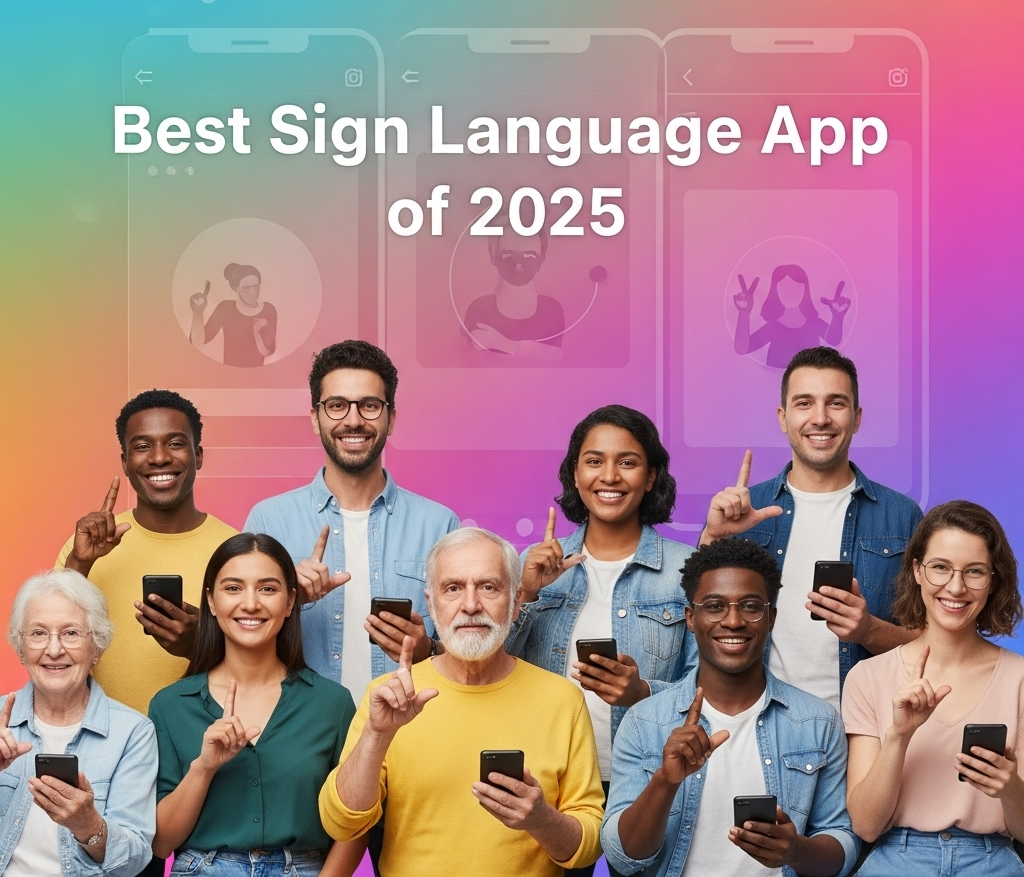As cybersecurity threats become more complex and budgets face increasing scrutiny, security teams are consolidating around platforms that deliver the highest impact across multiple domains. Below is a breakdown of the most essential cybersecurity tools in 2025 — and why CyberSaint is the go-to for the cybersecurity domains you need to scale compliance automation and cyber risk management.
The cybersecurity domains outlined, Cyber GRC, SIEM, XDR, CSPM, IAM, Threat Intelligence, Risk Analysis, and Reporting & Dashboard, represent the foundational elements of a modern, resilient security program. Each plays a critical role: SIEM and XDR enable real-time threat detection and response; CSPM ensures cloud environments remain secure and compliant; IAM safeguards identity and access; and Threat Intelligence provides the context needed to anticipate and defend against evolving threats. Meanwhile, Cyber GRC, Risk Analysis, and Reporting & Dashboard tie it all together, governing processes, quantifying business impact, and delivering transparency to stakeholders. Together, these domains ensure that organizations can not only defend against cyber threats but also manage risk strategically and demonstrate the effectiveness of their security programs at every level.
Cyber GRC – CyberSaint CyberStrong
In 2025, Cyber GRC is about more than compliance checklists — it’s about integrating governance, risk, and compliance to drive cyber resilience. CyberSaint’s CyberStrong platform is the industry leader in Cyber GRC, offering:
- AI-powered control mapping and automated framework crosswalking. CyberStrong leverages patented NLP technology to understand control intent and map between various frameworks, enabling accurate mapping between frameworks that do not have a one-to-one correspondence.
- Continuous Control Automation (CCA): CCA is CyberSaint’s proprietary automation technology for automated control scoring, enabling security professionals to stay updated on real-time control failures and the reasons behind them.
- End-to-end compliance tracking across NIST 800-53, ISO, CIS Controls, PCI DSS, and more
CyberStrong eliminates manual work, improves audit readiness, and ensures GRC scales with your business. Gartner featured CyberSaint as a Representative Provider in its “Innovation Insight: Cyber GRC Streamlines Governance” report.
Risk Analysis – CyberSaint CyberStrong
CyberSaint elevates cyber risk analysis from static assessments to dynamic, data-driven decision-making. CyberStrong supports:
- Model agnostic Cyber Risk Quantification (CRQ) via NIST 800-30, FAIR, and custom models
- Real-time risk scoring and prioritization based on control performance
- ROI modeling for remediation efforts
- Industry risk benchmarking
The result: risk decisions grounded in financial and business impact, not just technical severity. CyberStrong embeds CRQ into each risk scenario to help you convey the impact of risk, plan risk remediation strategies, and defend your budget.
Reporting & Dashboard – CyberSaint CyberStrong
Effective cybersecurity programs require visibility and alignment from the board to the SOC. CyberStrong’s reporting capabilities include:
- Executive dashboards that translate technical risk into business language
- Real-time insights into residual risk, control status, and compliance posture
- Auto-generated, customizable reports for multiple stakeholders
CyberSaint empowers CISOs and risk leaders to communicate performance, risk, and ROI with clarity and confidence. Secure executive buy-in and alignment with visualizations that convey the real impact of risk and meet and exceed SEC cybersecurity mandates for disclosures.
SIEM (Security Information and Event Management)
SIEM platforms collect and analyze log data from across the organization, enabling real-time threat detection and incident response. They serve as the nerve center for monitoring events and alerts.
- Top solutions include Splunk, IBM QRadar, and Microsoft Sentinel.
XDR (Extended Detection and Response)
XDR tools unify threat detection and response across endpoints, networks, servers, and cloud environments. They deliver broader visibility and faster containment of threats.
- Leaders in this space include Palo Alto Networks Cortex XDR and CrowdStrike Falcon.
CSPM (Cloud Security Posture Management)
CSPM solutions enable organizations to identify and remediate misconfigurations and compliance gaps in their cloud environments.
- They continuously monitor cloud infrastructure (AWS, Azure, GCP) for risks. Notable tools include Wiz, Prisma Cloud, and Lacework.
IAM (Identity and Access Management)
IAM tools enforce secure access controls, ensuring that users have the appropriate permissions and that identities are managed consistently across systems.
- IAM is foundational to Zero Trust architectures. Leaders include Okta, Microsoft Entra, and Ping Identity.
Threat Intelligence
Threat intelligence platforms (TIPs) aggregate data from internal and external sources to provide context on emerging threats, threat actors, and indicators of compromise (IOCs).
- This insight enables proactive defense. Examples include Recorded Future, Mandiant, and Anomali.
Why CyberSaint is Essential For Your Cybersecurity in 2025
While the above tools specialize in detection, access, and infrastructure security, CyberSaint is the critical layer that ties it all together — aligning cyber efforts with business risk, driving automation, and enabling strategic decision-making.
With CyberStrong, organizations go beyond reactive defense; they gain a unified, forward-looking view of risk, performance, and compliance.
CyberSaint: The backbone of your cyber risk and governance program in 2025.




